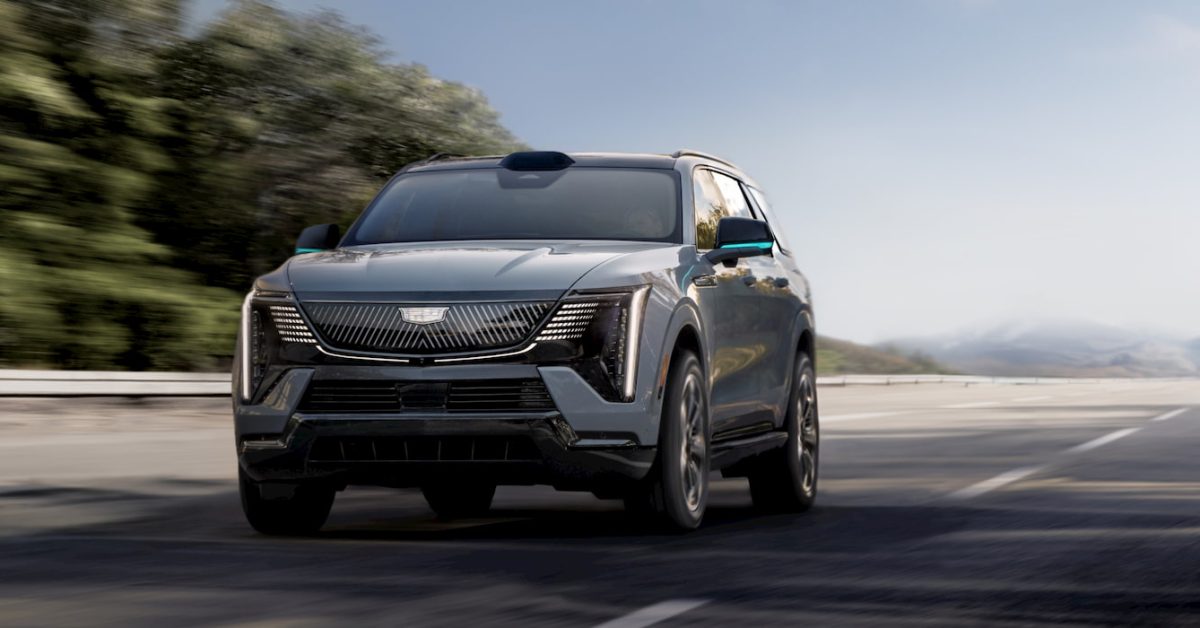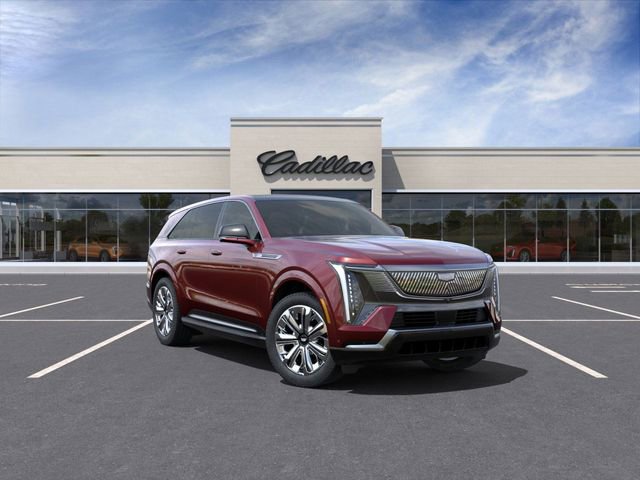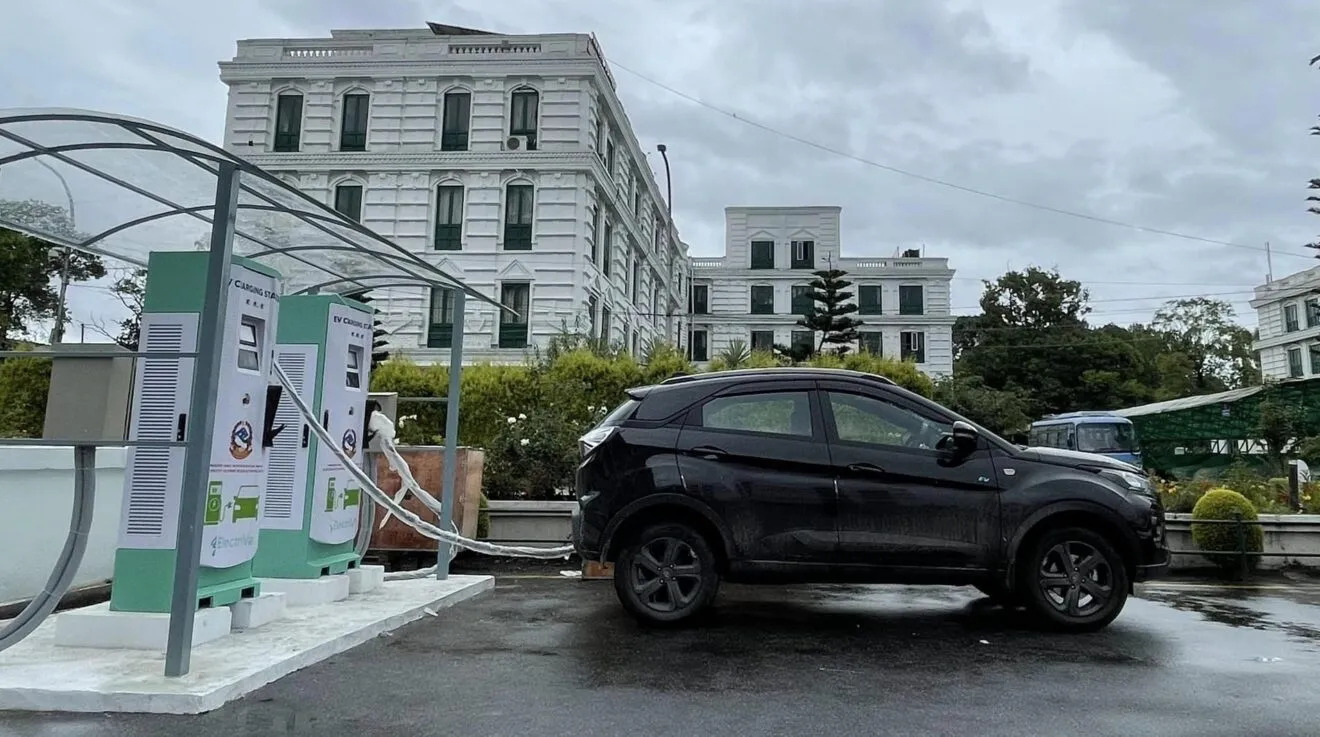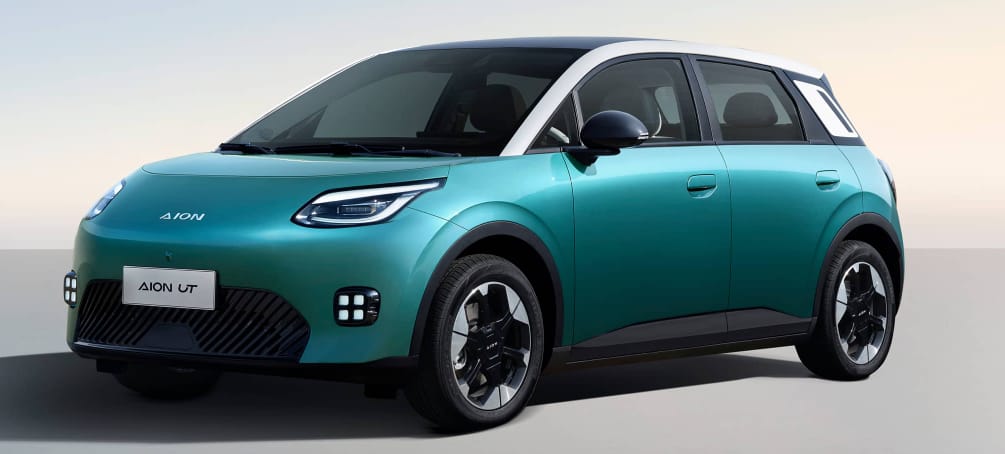GM’s AI Leap: The Road to the Intelligent Vehicle

General Motors (GM) charges ahead, announcing a massive technological overhaul that fundamentally reshapes its vehicles. The company is actively integrating cutting-edge artificial intelligence across its product line, moving the car from a machine to a true intelligent assistant. This strategy focuses on full autonomy, conversational AI, and a unified software foundation.
The major headline is the 2028 debut of GM’s “eyes-off” autonomous driving system. This pivotal technology will launch first on the electric Cadillac Escalade IQ. It represents a significant leap from the current “hands-free” Super Cruise, which already boasts an impressive 700 million miles of customer use without a crash. The new system will allow drivers to completely disengage from driving on certain mapped roads, bringing GM much closer to its vision of full autonomy.
GM is also revolutionizing the in-car experience by integrating Google Gemini, a powerful conversational AI assistant, starting in 2026. This move will allow drivers to interact with their cars using natural language commands, asking the vehicle to navigate traffic or adjust climate control simply by speaking. GM plans to follow this with a custom OnStar-powered AI, personalizing the vehicle experience even further.
To power these advancements, GM rolls out a new, unified electrical and computational architecture in 2028. This centralized computing platform unifies all major vehicle systems—propulsion, safety, and infotainment—on a single core. The system dramatically increases capability, promising 10 times more over-the-air software update capacity, 1,000 times greater bandwidth, and 35 times more AI performance. This ensures that GM’s cars will improve and evolve long after customers purchase them.
In a bold strategic move, GM will phase out Apple CarPlay and Android Auto across its fleet. Instead, it will use its proprietary AI-powered infotainment system, built on Android and integrated with Google Gemini. This switch gives GM greater control, providing a more seamless, deeply integrated, and customizable user experience tied directly to the vehicle’s AI framework.

Finally, AI is actively transforming manufacturing. GM scales up the use of collaborative robots (cobots) in its U.S. assembly plants. These robots, trained on decades of production data, boost efficiency, quality, and precision, creating a more flexible and adaptive production line essential for building the next generation of electric and autonomous vehicles.
GM is not merely adding technology; it is building a new, smarter era of transportation. This comprehensive AI strategy positions the company as a leader in delivering a future where vehicles are safer, more connected, and truly intelligent.





